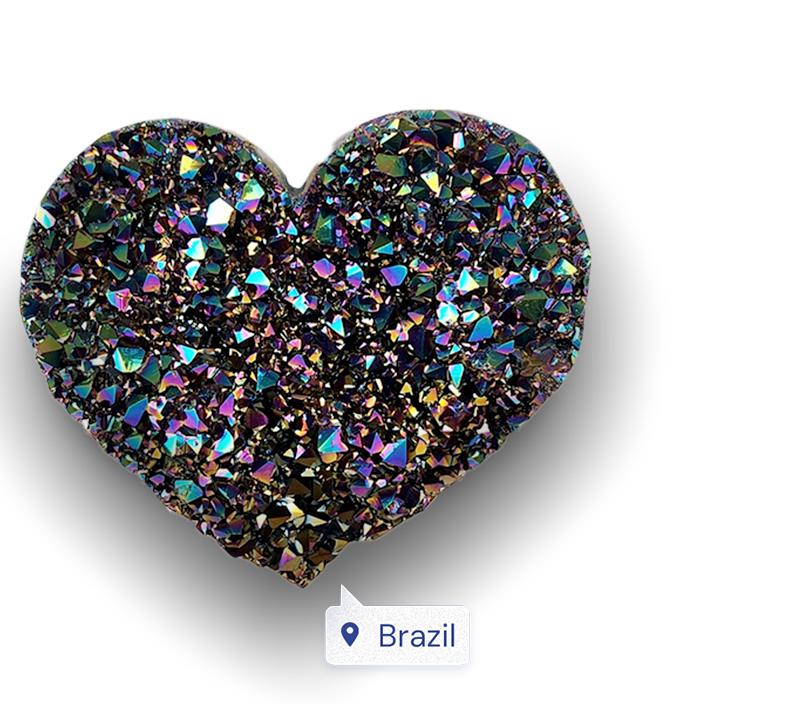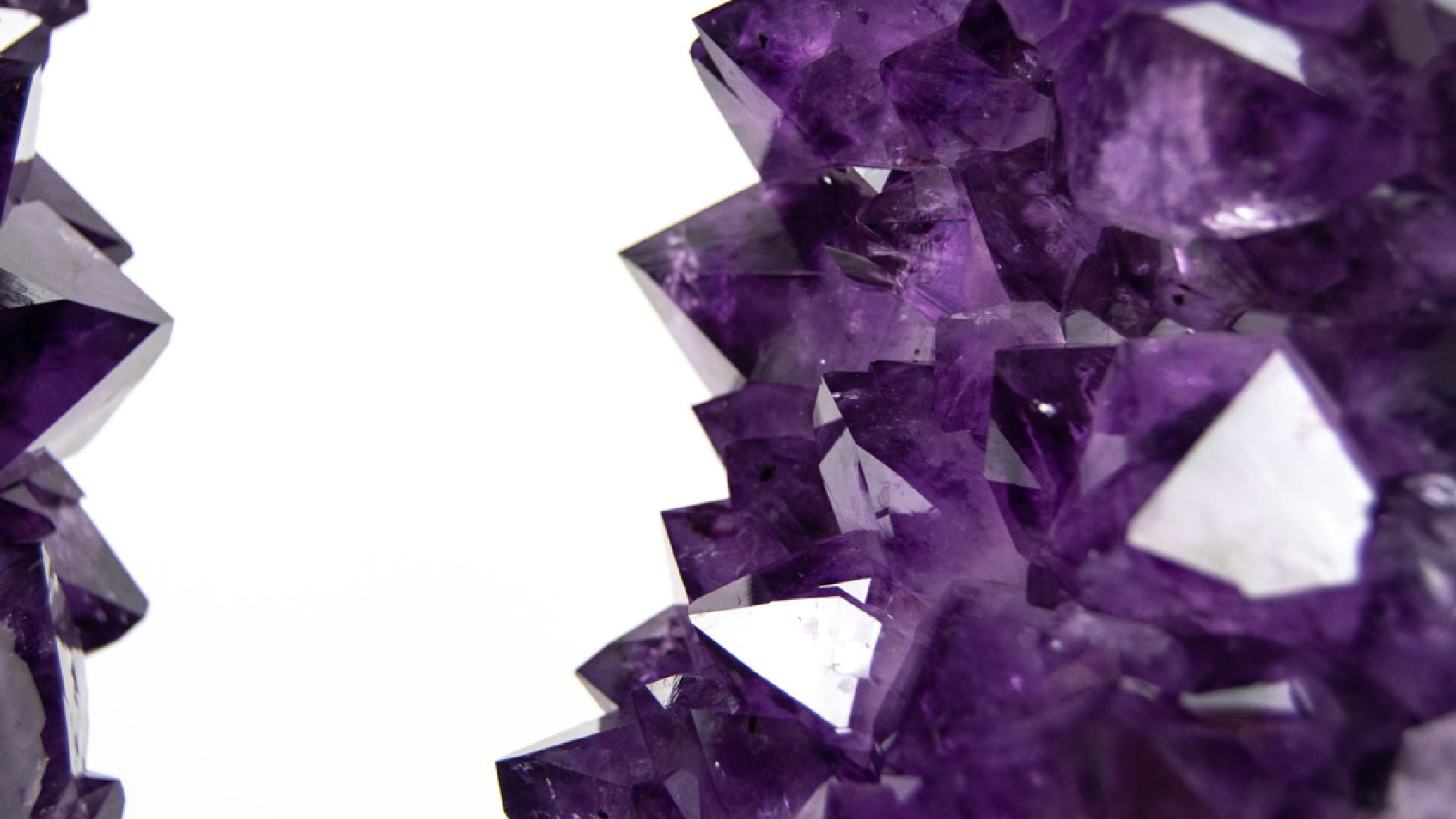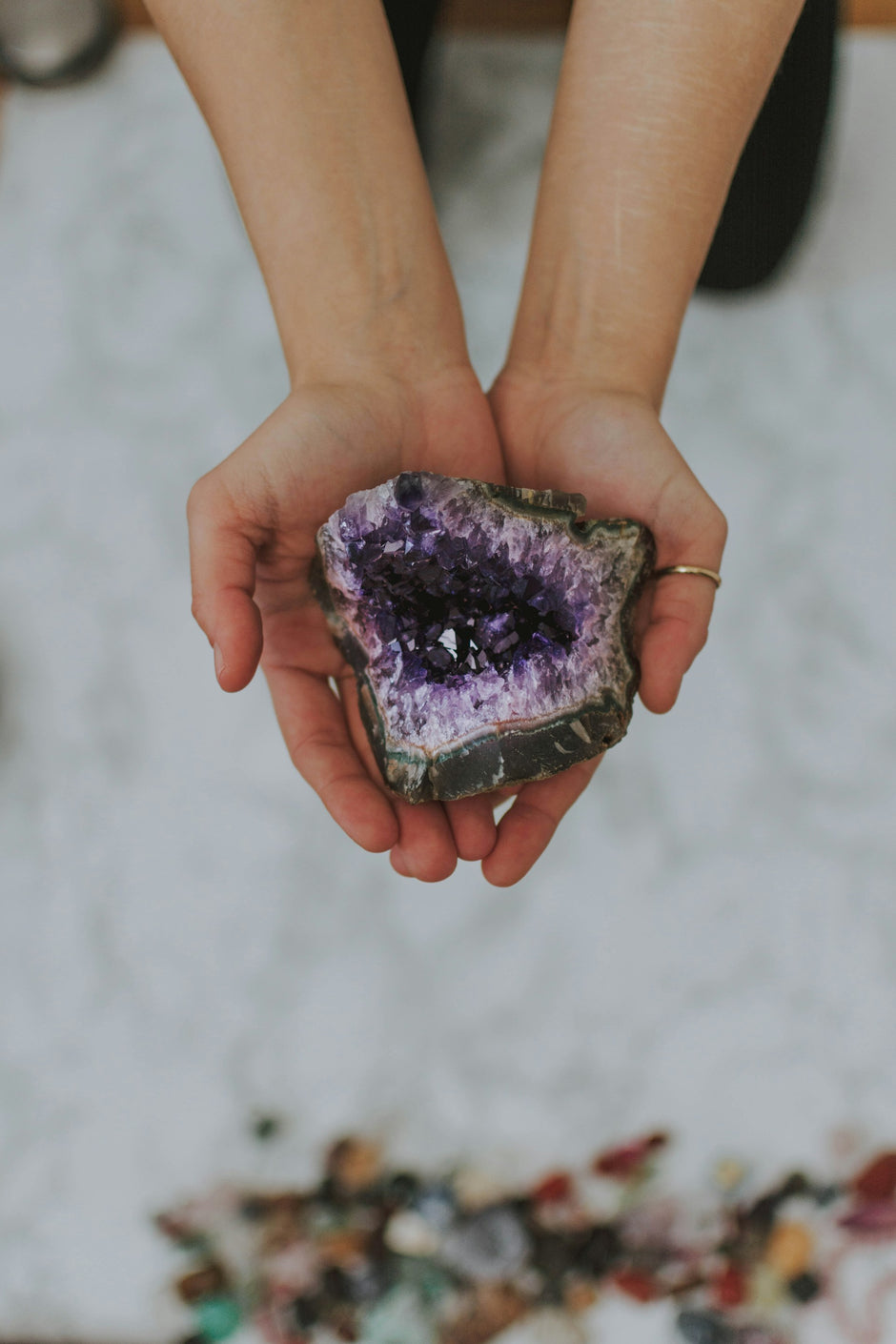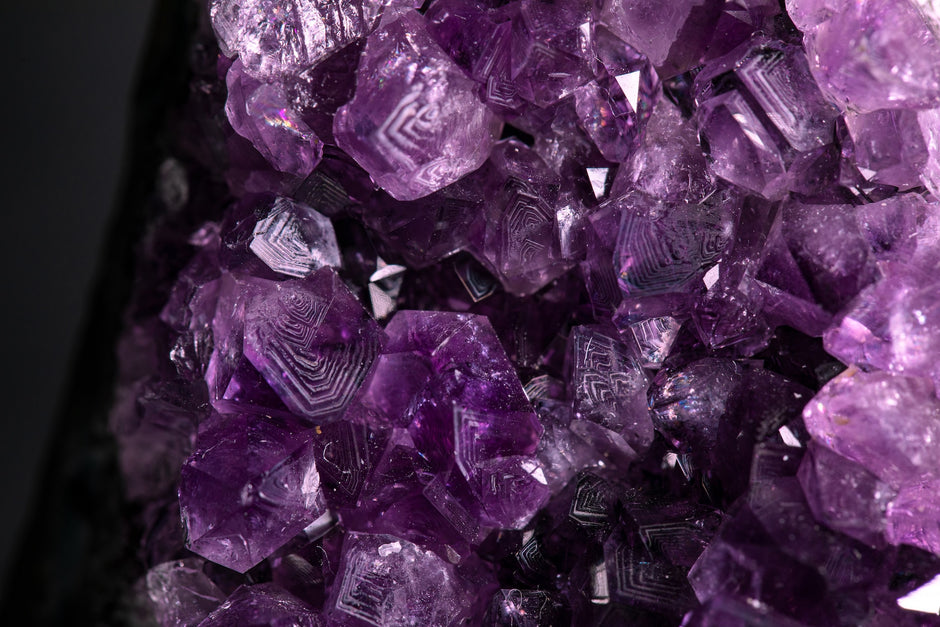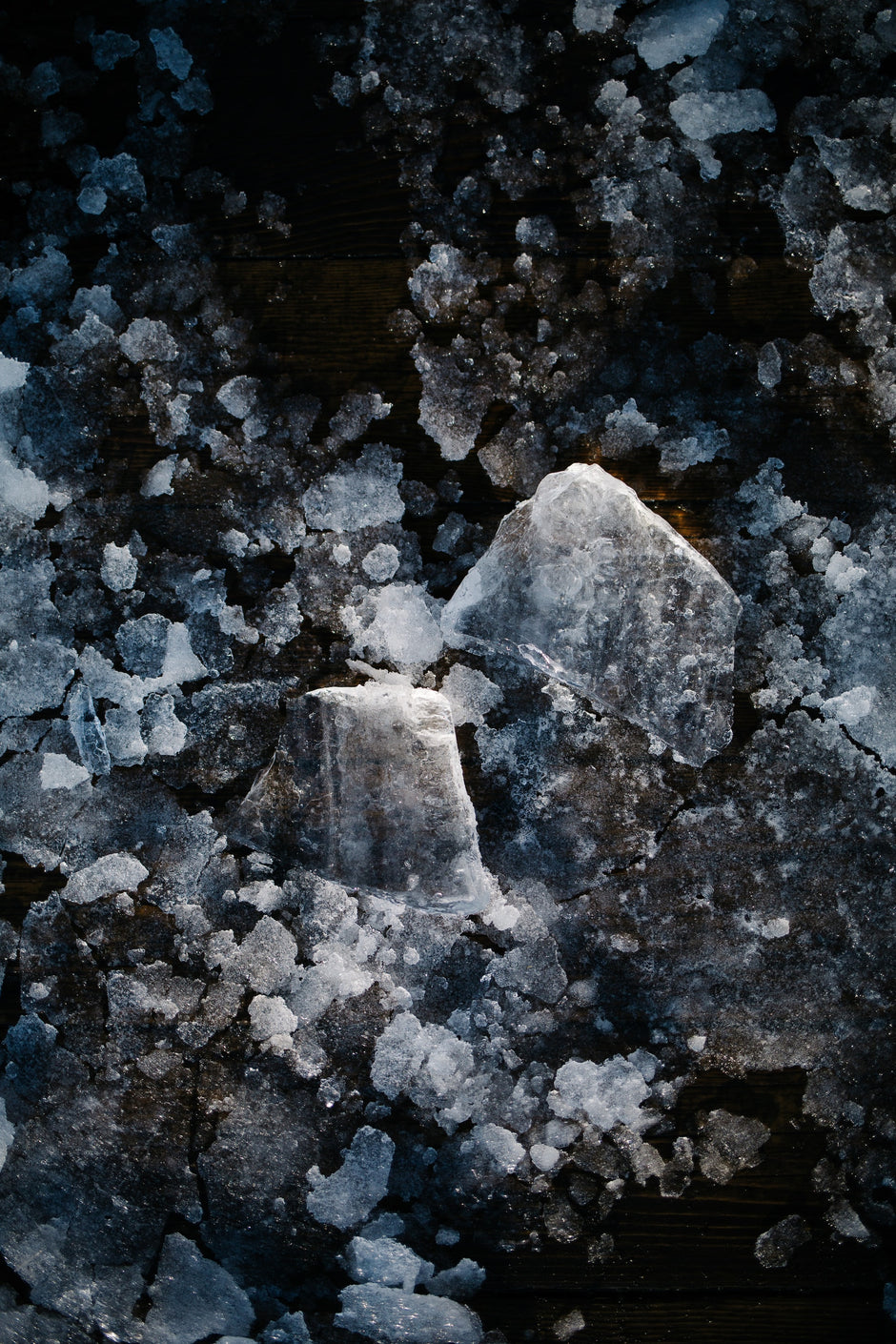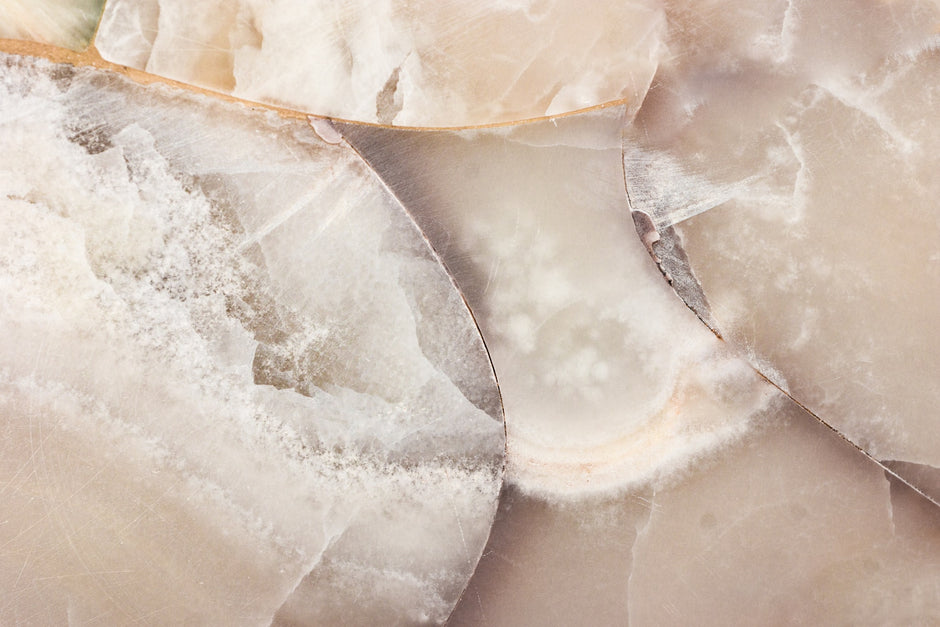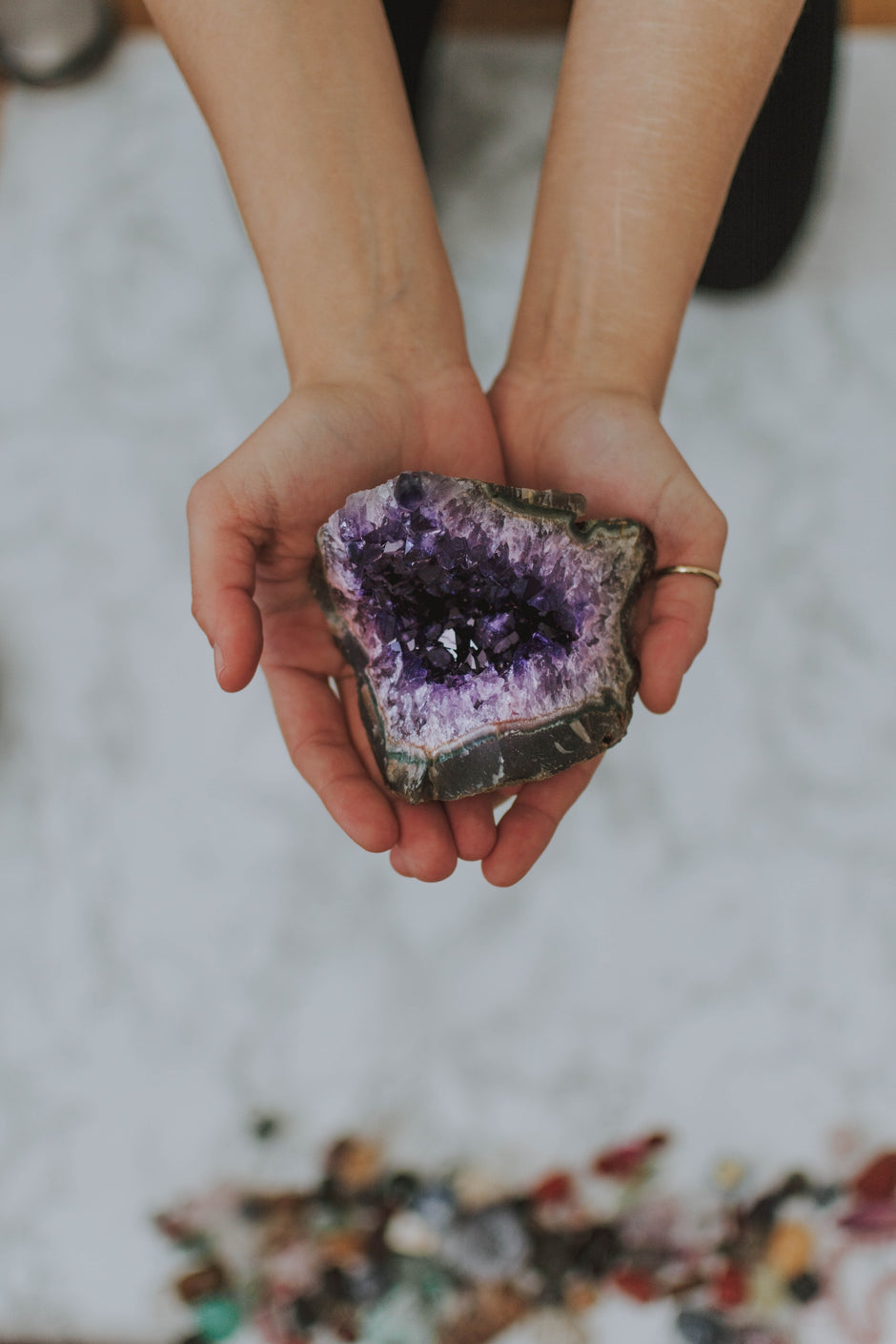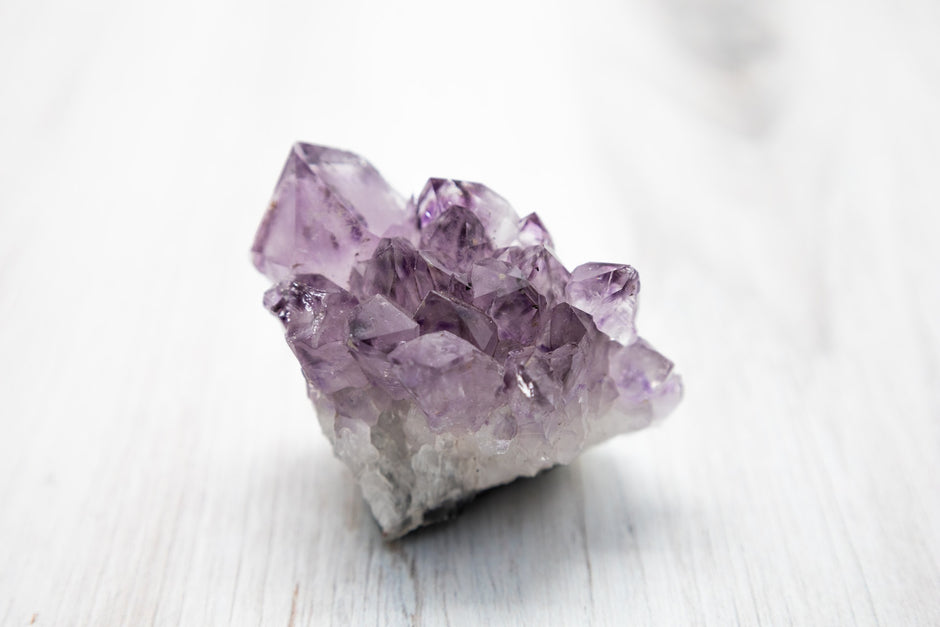Guide to Citrine
Introduction
Welcome to this comprehensive guide to Citrine, a gemstone that has captivated hearts and minds for centuries. With its stunning hues and incredible clarity, Citrine is more than just a beautiful gemstone—it's a symbol of light, warmth, and energy.
What is Citrine?
Citrine is a variety of quartz, a mineral that's abundant in the Earth's crust. But don't let its commonality fool you; Citrine is a gemstone that stands out. Its colors range from a pale yellow to a rich golden hue, and even to an intense orange or reddish tint.
The vibrant color is due to the presence of iron in the quartz crystals. Citrine is not just a feast for the eyes; it's also a gemstone that carries a powerful energetic signature. Whether you're a seasoned gem collector or new to the world of gemstones, Citrine offers something for everyone.
Historical Significance
The allure of Citrine is not a modern phenomenon; it has roots that go back to ancient civilizations. The Egyptians used it as talismans, and the Romans crafted beautiful jewelry pieces from it. In ancient Greece, it was popular as a decorative gem from the Hellenistic Age onwards. Even in early Scottish weaponry, Citrine was often used as a decorative element on the handles of swords and daggers.
In various cultures, Citrine was considered a stone of prosperity and was often referred to as the "merchant's stone." It was believed to not only attract wealth but also to help maintain it. This belief has transcended time, making Citrine a popular choice for those looking to bring a little abundance into their lives.
Citrine Origins
Citrine, a beautiful variety of quartz, has a fascinating geological story. Its vibrant colors are the result of iron impurities within the quartz crystal lattice. Over time, heat and pressure work their magic, transforming these elements into the golden gemstone we know and love.
When it comes to sourcing Citrine, Brazil is the leading producer, followed closely by Bolivia. Other countries like Madagascar, Uruguay, and even the United States also contribute to the global supply of this stunning gemstone.
Physical Properties
Citrine is a durable gemstone, ranking 7 on the Mohs Hardness Scale, making it suitable for everyday wear. Its transparency ranges from translucent to transparent, and it has a vitreous luster that adds to its allure.
The 4 Cs
- Color: Citrine is celebrated for its wide range of colors, from pale yellow to a rich, golden hue, and even to an intense orange or reddish tint. The most valuable Citrines are those with highly saturated yellow, orange, and reddish tones.
- Clarity: In terms of clarity, Citrine is often eye-clean, meaning it lacks visible inclusions. This adds to its desirability and value, especially for those who appreciate the gemstone's natural beauty.
- Cut: Citrine can be cut into a variety of shapes, including traditional rounds, ovals, and emerald cuts, as well as more intricate designer cuts. The cut can significantly impact the gemstone's brilliance and color intensity.
- Carat Weight: Citrine gemstones are available in a wide range of sizes. Unlike many other gemstones, Citrine's price doesn't exponentially increase with carat weight, making it an affordable option for those looking to make a statement.
Additional Factors
When considering Citrine as a gemstone of choice, it's essential to delve into some additional factors that contribute to its overall value and appeal.
- Hardness: Citrine ranks at 7 on the Mohs Hardness Scale, making it a durable option for various types of jewelry.
- Luster: The gemstone exhibits a vitreous luster, giving it a glass-like appearance that enhances its visual appeal.
- Refractive Index: Citrine has a refractive index ranging from 1.54 to 1.55, contributing to its brilliance.
- Pleochroism: Citrine shows no pleochroism, meaning it appears the same color regardless of the angle from which it is viewed.
- Inclusions: Generally, Citrine is an eye-clean gemstone, meaning it lacks visible inclusions, which adds to its desirability.
- Treatments: Most Citrine gemstones on the market are heat-treated amethysts. Natural Citrine is relatively rare and more valuable.
- Origin: Brazil and Bolivia are the primary sources, but Citrine can also be found in Madagascar, Uruguay, and the United States.
Varieties of Citrine
Citrine comes in a range of stunning varieties, each with its unique characteristics:
- Yellow Citrine: Lemony yellow-colored, often referred to as Lemon Citrine.
Uniqueness: Light and refreshing hue
Rarity: Common
- Golden Citrine: Features a golden yellow hue.
Uniqueness: Rich and warm color
Rarity: Moderately common
- Madeira Citrine: Ranges from golden orange to reddish-brown.
Uniqueness: Deep, intense color
Rarity: Sought-after and less common
- Fire Citrine: A deep red-orange variety, primarily heat-treated quartz from Brazil.
Uniqueness: Vibrant and fiery hue
Rarity: Rare and highly desirable
Mythology and Folklore
Citrine has a rich history steeped in mythology and folklore. In ancient Egypt, it was used as a talisman, while the Greeks carved iconic images into it. Romans made rings out of Citrine, and in Scotland, it adorned the handles of swords and daggers. Known as the "merchant's stone," Citrine has long been associated with wealth and prosperity across various cultures.
Birthstone and Zodiac Sign
Citrine is often associated with the month of November, serving as an alternative birthstone to Topaz. Those born under the zodiac signs of Aries, Gemini, Leo, and Libra may find a particular affinity with this gemstone. Metaphysically, Citrine is believed to stimulate creativity, enhance mental clarity, and boost mood and optimism. It's a stone that radiates positive energy, making it a trustworthy companion for those seeking spiritual growth.
Healing Properties
Citrine has long been considered a healing gemstone with a range of benefits. On a physical level, it is said to stimulate digestion and improve blood circulation. Emotionally, Citrine is known for transforming negative vibrations into positive energy, thereby enhancing mental well-being. While these claims are not scientifically proven, many swear by Citrine's profound healing qualities.
Famous Citrine
Throughout history, several Citrine gemstones have captured the public's imagination:
- The Malaga Citrine: One of the largest Citrine gemstones ever discovered, weighing in at a massive 2,258 carats and housed at the Smithsonian Museum.
- Queen Sirikit's Citrine Tiara: Owned by Queen Sirikit of Thailand, this tiara features an exquisite combination of diamonds and Citrine.
- Queen Sonja's Citrine Necklace: A modern piece gifted to Queen Sonja of Norway, showcasing the gemstone's versatility and timeless appeal.
Citrine and Feng Shui
In the realm of Feng Shui, Citrine holds a special place as a stone of abundance and prosperity. Often referred to as the "merchant's stone," it is commonly placed in the wealth corner of a home or office to attract financial success. Its golden hues are believed to create a harmonious flow of positive energy, balancing the environment and promoting a sense of well-being.
Caring for Citrine
When it comes to caring for your Citrine jewelry, a little attention goes a long way in preserving its natural beauty. Start by cleaning your Citrine with warm, sudsy water. A soft-bristled brush can be used to gently scrub away any dirt or grime that may have accumulated over time. Once cleaned, make sure to thoroughly rinse and dry the gemstone to bring back its original luster.
Storage is another crucial aspect of Citrine care. To minimize the risk of scratching, it's best to store your Citrine pieces separately from other jewelry. A soft cloth or a padded container offers an ideal storage solution, providing a safe and secure environment for your cherished gemstone.
Lastly, it's important to be mindful of heat exposure. Citrine's vibrant colors can fade or even get damaged when exposed to strong heat. Therefore, it's advisable to keep your Citrine jewelry away from high-temperature environments to maintain its color and clarity.
By following these simple yet effective care guidelines, you can ensure that your Citrine jewelry remains as stunning as the day you first laid eyes on it.
Citrine in Art and Decor
Citrine's vibrant colors and affordable pricing make it a popular choice in art and interior decor. From intricate wall art to stunning Citrine-embedded furniture, this gemstone adds a touch of elegance and warmth to any space. Its energy-enhancing properties also make it a favored choice for spaces dedicated to meditation or creative pursuits.
Citrine as a Symbol
Citrine, often referred to as the "merchant's stone," carries a wealth of symbolism across various cultures and societies. In Western traditions, it's commonly associated with prosperity and abundance. In Eastern philosophies, Citrine is believed to balance the solar plexus chakra, enhancing personal power and spiritual growth. Its stunning yellow to orange hues symbolize sunshine, optimism, and creativity, making it a gemstone that resonates with people from all walks of life.
The Citrine Market
The market for Citrine is incredibly dynamic, with a range of values depending on factors like color, clarity, and origin. While Citrine is relatively affordable, rare varieties like Madeira Citrine can command higher prices. For businesses interested in B2B buying of Citrine in high volume, specific suppliers in countries like Madagascar and Brazil offer bulk purchasing options. When purchasing from a B2B supplier like Mine Direct Minerals, you can rest assured that you'll always receive the best quality and authenticity, eliminating concerns about heat-treated Amethyst being sold as Citrine.
Ethical Sourcing of Citrine
Ethical sourcing is a significant concern in the Citrine market. Given that some Citrine stones are heat-treated versions of Amethyst, it's essential to ensure that these processes are conducted responsibly. Ethical sourcing practices not only protect the environment but also ensure fair labor conditions. Always look for suppliers who adhere to responsible mining practices and can provide a chain of custody to prove the ethical origins of their gemstones.
Explore Current Trends in Citrine Jewelry
Citrine jewelry is experiencing a resurgence in popularity, thanks in part to its affordable price and vibrant hues. From minimalist Citrine stud earrings to elaborate Citrine-encrusted necklaces, the gemstone's versatility is being showcased in various styles and designs. One-of-a-kind Citrine engagement rings are also gaining traction, offering a unique and meaningful alternative to traditional diamond rings.
Conclusion
From its rich symbolism and historical significance to its diverse range of colors and styles, Citrine is a gemstone that captivates and enchants. Whether you're drawn to its healing properties or its aesthetic appeal, Citrine offers something for everyone. As you explore the world of Citrine, you'll discover a gemstone that not only enhances your jewelry collection but also enriches your life in countless ways.
FAQs about Citrine
Common Questions
What are the rules for wearing Citrine?
When it comes to wearing Citrine, there are no hard and fast rules, but some cultural and traditional guidelines do exist. In Eastern philosophies, Citrine is often worn on the index finger to activate the solar plexus chakra. In Western traditions, Citrine rings are commonly worn on the ring finger to attract wealth and prosperity.
What should Citrine avoid?
Citrine is a fairly durable gemstone, but it's best to avoid exposing it to strong heat and harsh chemicals. Prolonged exposure to sunlight can also fade its vibrant colors. Always remove your Citrine jewelry before swimming in chlorinated water or using cleaning products.
What do you need to know about Citrine?
Before purchasing or wearing Citrine, it's essential to know that the gemstone comes in various shades, from lemon yellow to deep orange. The most sought-after variety is Madeira Citrine, which has a reddish-brown hue. Also, be aware that much of the Citrine in the market is heat-treated Amethyst, so always inquire about the stone's origin and treatment.
What happens after wearing Citrine?
Wearing Citrine is believed to bring a range of benefits, both emotional and physical. It's often associated with increased creativity, enhanced concentration, and a boost in self-confidence. On a spiritual level, Citrine is said to activate the solar plexus chakra, empowering you to take action and make your dreams a reality.
Myths and Misconceptions
Citrine and Wealth
One common myth about Citrine is that it's a guaranteed stone for attracting wealth. While it's true that Citrine is often called the "merchant's stone" and is believed to bring prosperity, it's essential to understand that the gemstone alone won't make you rich. It's considered a tool that can help you focus your intentions on achieving financial goals, but it's not a substitute for hard work and smart financial planning.
Citrine and Spiritual Healing
Another misconception is that Citrine can replace medical or psychological treatment for emotional or mental issues. While many believe that Citrine has healing properties that can help balance emotions and reduce stress, it should not be used as a sole treatment for medical or psychological conditions. Always consult with healthcare professionals for a proper diagnosis and treatment plan.
Citrine and Physical Healing
Lastly, there's a myth that Citrine can heal physical ailments. While some people believe that Citrine can help with digestion and detoxification, these claims are not backed by scientific evidence. If you're experiencing physical issues, it's crucial to seek medical advice rather than relying solely on gemstones for healing.
